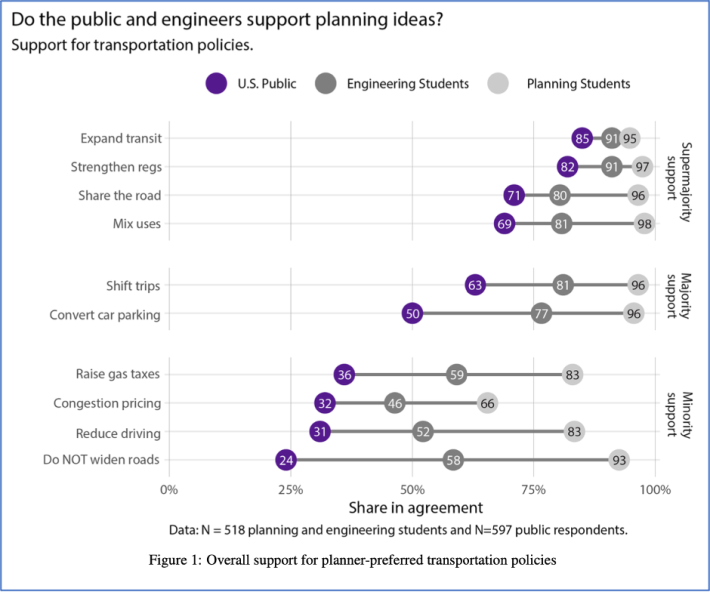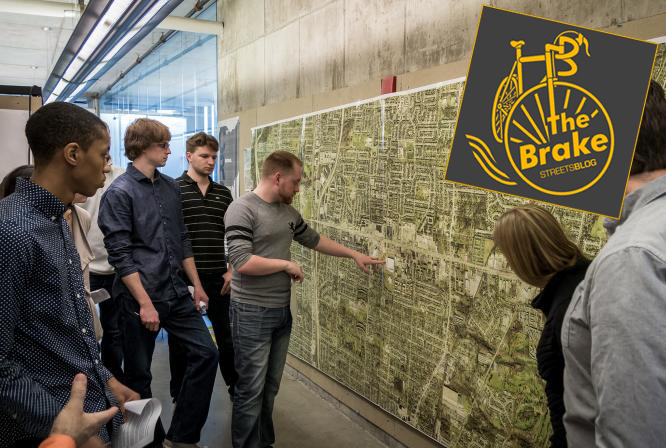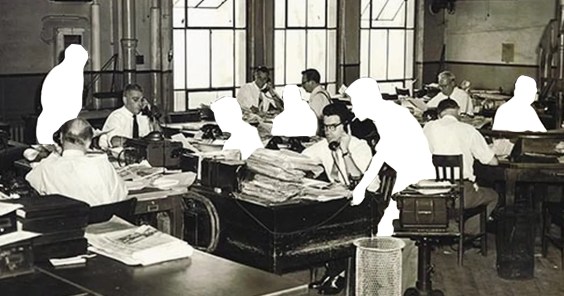Planning and engineering students are poised to play a major role in shaping America's transportation system for decades to come. But do either of them agree with sustainable transportation advocates about what that future should look like — or even with each other?
Today on The Brake, host Kea Wilson spoke with researchers Kelcie Ralph and Nick Klein, who conducted a new survey on how well these two groups of future built environment professionals understand fundamental concepts like "induced demand," as well as their opinions on the fundamental importance of reducing driving. Then, we dug into what it will take to get both disciplines and the public on the same page as transportation reformers — and why no one shouldn't take it for granted that doing it will be easy.
Give it a listen below or on Apple Podcasts, and check out a lightly edited excerpt of our conversation below.
Kea Wilson: Let's start by just like launching into the biggest surprise of the study, at least for me, which is that planning students are pretty homogenous in the way that they think about transportation. You've got a stat that 93 percent of planning students say that we should not widen roads to ease congestion; 96 percent say that we should shift trips to walking biking and transit; 83 percent think the central goal of their profession should be to reduce driving. These are Streetsblog people!
But that is not at all the same for engineers, the people who are actually executing the designs of these roads. Only 52 percent agreed with the statement that “a central goal of my profession should be to reduce driving,” which is only the tiniest of slim majorities.
Let's talk about planners first: is there a downside to having that much consensus within the profession, even if it's a consensus that Streetsblog readers are likely to be happy to hear about?
Kelcie Ralph: So we talked a lot about this as a research team. There are definitely benefits to being on the same page, right? We can pursue a consistent message when we're speaking with the public. We don't have to have a lot of infighting about what our goals and priorities are. And that is useful.
But what we were a little bit worried about was echo chambers within classrooms, and also, the false consensus effect. And we can talk about each of those in turn.
So when it comes to echo chambers, you can imagine that when you're not getting a lot of feedback from other perspectives, not hearing other views, it’s a problem. It can have a little bit of a radicalizing tendency; it's like, “yeah, not only should we not widen ruins, but we should tear down freeways!” Kind of amping up of each other's message. And that could be a problem, especially in concert with the second problem, which is the false consensus effect, where planning students are likely to overestimate the extent to which other people agree with them. … These students sitting in a classroom talking to like-minded folks can sort of lose sight of how big the political hurdles are to getting these ideas to gain widespread public acceptance.

Wilson: Yeah, I want to talk about those hurdles more, but there's a part of me that is sitting here thinking: shouldn't we still kind of want to get transportation engineers into the echo chamber a little bit? Like, shouldn't we be thinking about how to get engineers to look a little bit more like planners? What effect would that have, if we could even accomplish it before you get to this question of how the public might receive that message?
Ralph: So I think my thinking has evolved on this. As we've worked on this project. When I started, I thought the solution was that we should just add a little bit of planning concepts to engineering curricula, that if they could just learn a little bit more about induced demand, maybe a little bit more about equity, things like that, that that we can convince engineering students to look more like planners.
But the more I dig into engineering curriculum, I realize how incredibly full the time in the classroom is. And the time within a program is already so full, there's not a lot of room to cram more into there. And so my current position — and I'm sure it will continue to evolve — is that perhaps it makes sense to have a slightly smaller role for engineers in the policy prioritization process. Engineers should still be the designers of our of our projects that we eventually select, but I actually think that their role should get smaller in the sorts of projects we choose and the projects we propose in the first place.






